Blue Crab
Blue Crab
Trap Registration Requirements
Recreational fishers age 16 and older (including those normally exempt from needing a license) are required to complete an online, no-cost recreational blue and stone crab trap registration before using blue or stone crab traps.
To register, visit GoOutdoorsFlorida.com and add the Recreational Blue Crab Trap Registration or the Recreational Stone Crab Trap Registration to your account.
Upon completion, each person will receive unique trap registration numbers that must be included on each trap along with the owner’s full name and address. Registration numbers for blue crab traps will begin with the letter “B”; registration numbers for stone crab traps will begin with the letter “S”.” This information must be legible and must be permanently attached to each trap.
This no-cost registration will allow FWC to collect important information about these recreational fisheries needed for future stock assessments and management decisions.
Traps must be registered annually but unique registration number will not change year-to-year.
Florida Regulations Gulf and Atlantic State Waters
Size Limit: None
Daily Bag Limit: 10 gallons whole per harvester per day
The harvest of egg-bearing crabs prohibited
Gear Requirements:
Legal Gear: blue crab trap (max. 5 per person), dip or landing net, drop net, fold up trap, hook and line, push scrape, trotline
Note: Crab snares are not considered legal gear for blue crabs in Florida.
Full list of Regions Regulations for Blue Crab: https://myfwc.com/fishing/saltwater/recreational/blue-crab/
How to Catch Blue Crab without a Crab Trap
1. Spot the Crabs: Blue crabs are commonly found in coastal areas, especially near marshes, piers, and docks. Look for signs of crab activity, such as burrows or shell fragments along the shoreline. Pay attention to the tidal flow, as crabs tend to be more active during high tide.
2. Use a Hand Line: A simple hand line with a chicken neck or fish head attached as bait can be an efficient method. Attach the bait securely to the line and toss it into the water near the area where you spotted the crabs. Slowly retrieve the line, feeling for any resistance. Once you feel a tug, slowly lift the line out of the water, securing the crab behind its pincers with a net.
3. Scoop Nets: Scoop nets are another effective tool for catching blue crabs. Gently place the net into the water, ensuring it sinks below the crab’s depth. Slowly move the net towards the crab with a quick upward motion to scoop it up. Be cautious not to move too quickly, as it may scare the crab away.
4. Choose the Right Time: Crabs are more active in the early morning and late evening, when the water temperature is cooler. Try to plan your crabbing sessions during these times to increase your chances of success.
Another Good choice is a Pool net to scoop them from the water this Pool net is perfect for most spots to reach them.
Be Respectful: Remember to follow local regulations regarding size and quantity limits for blue crabs. Practice catch and release if required, allowing the crabs to reproduce and maintain the population.
Catching blue crabs without a trap can be a thrilling experience that connects you with nature. Always prioritize safety and ensure you have the necessary permits when crabbing in regulated areas. So, grab your gear, head to the shore, and enjoy a day of crabbing without a trap! Good luck!
Share this content:
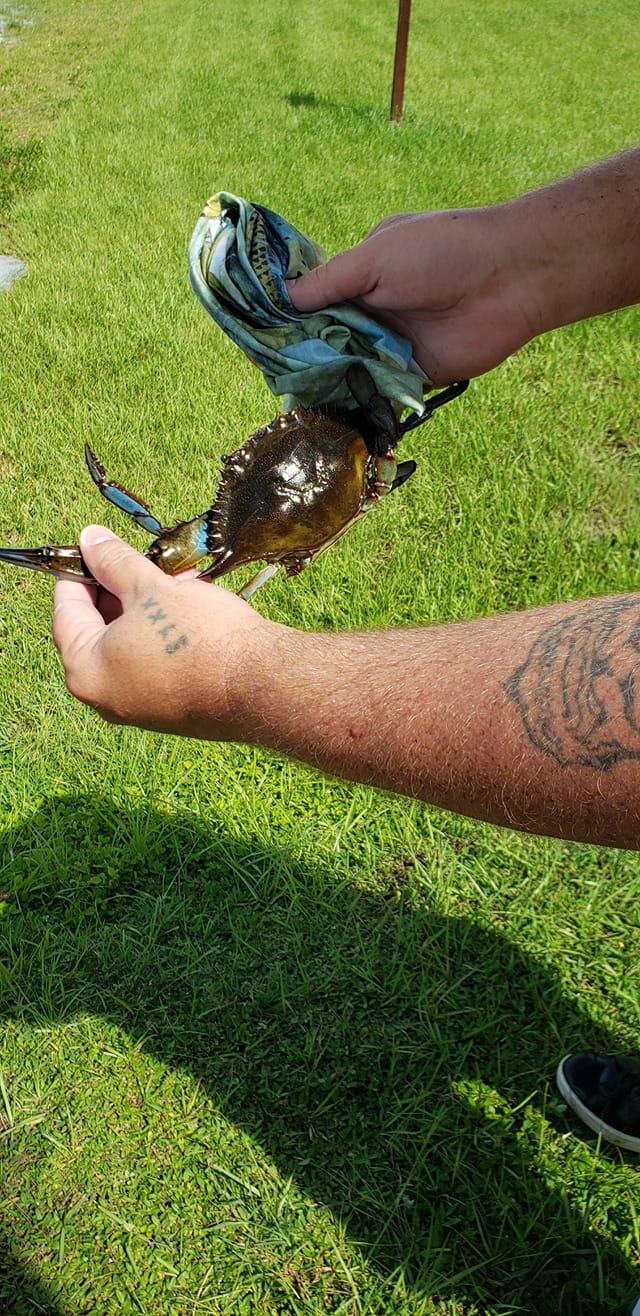
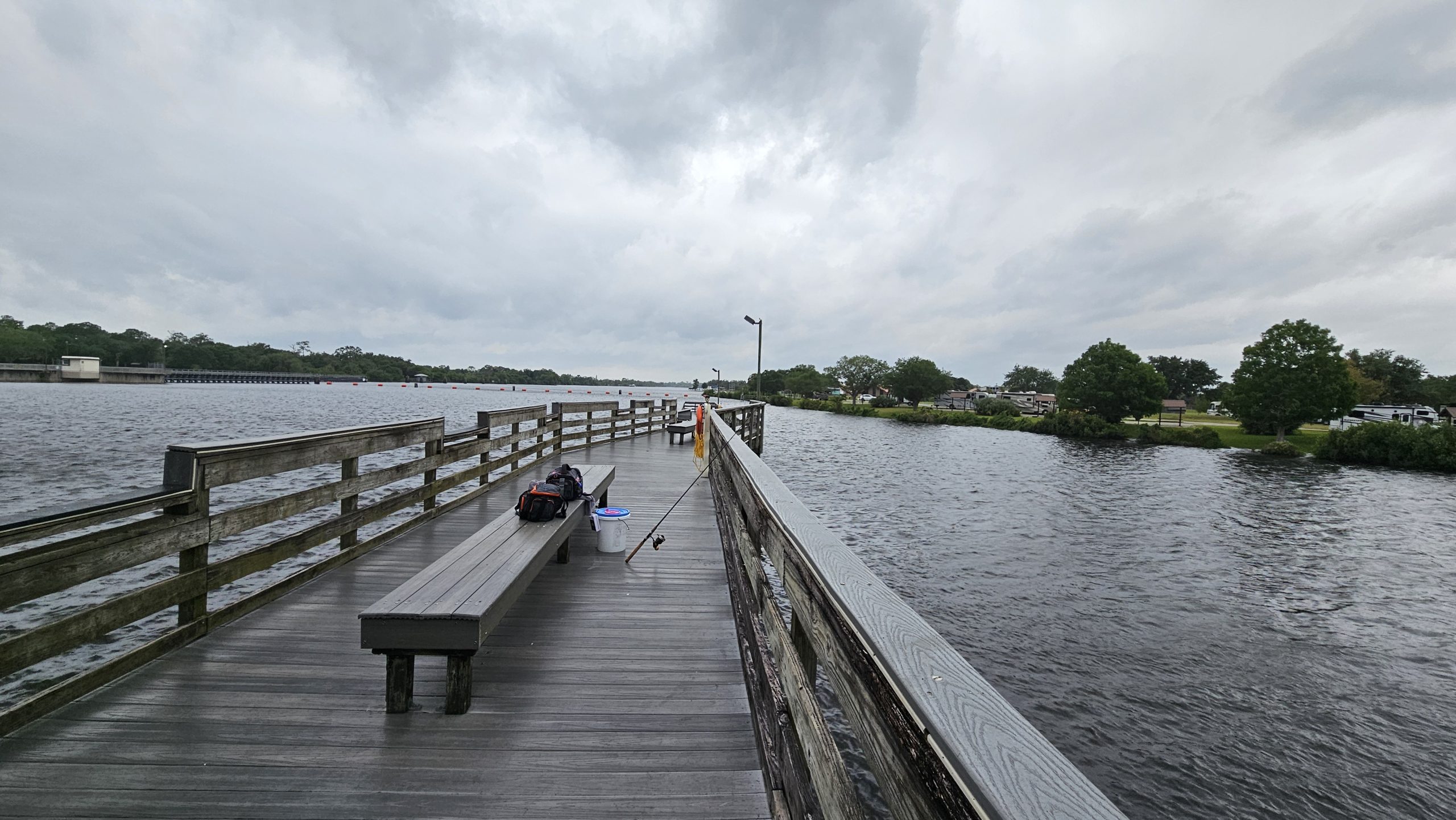
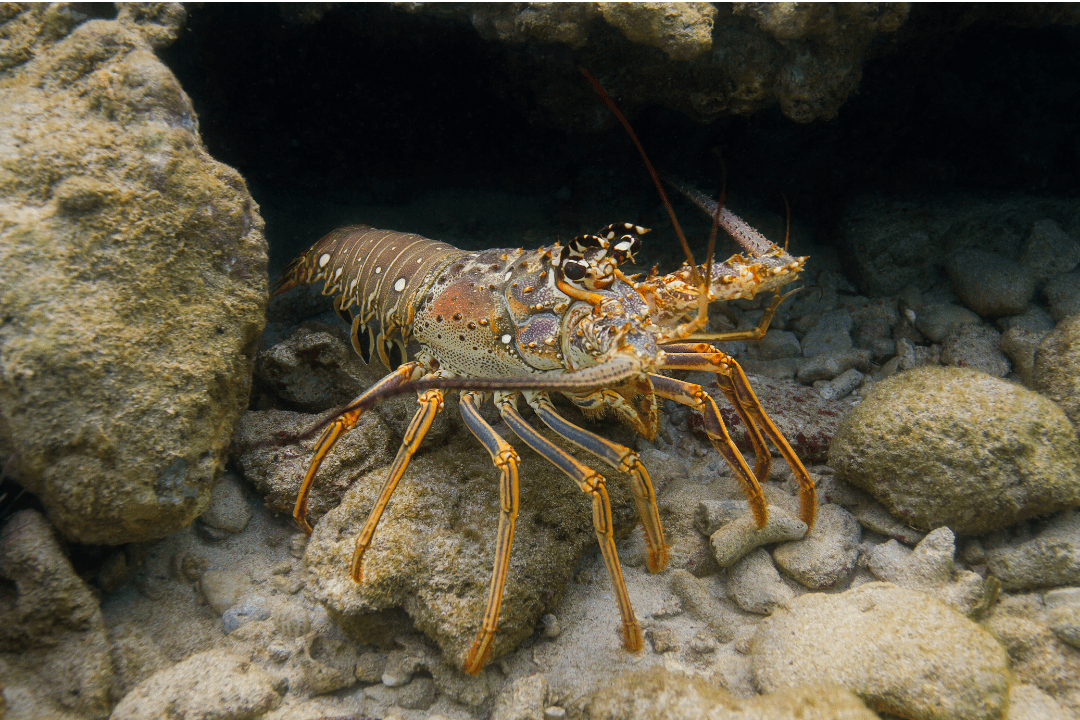


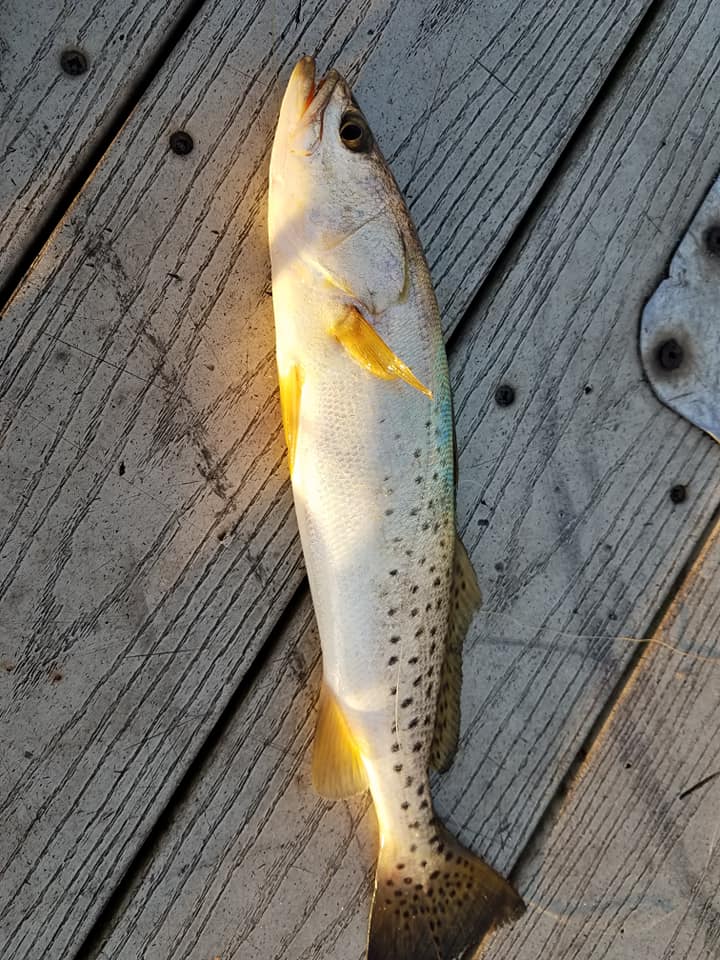
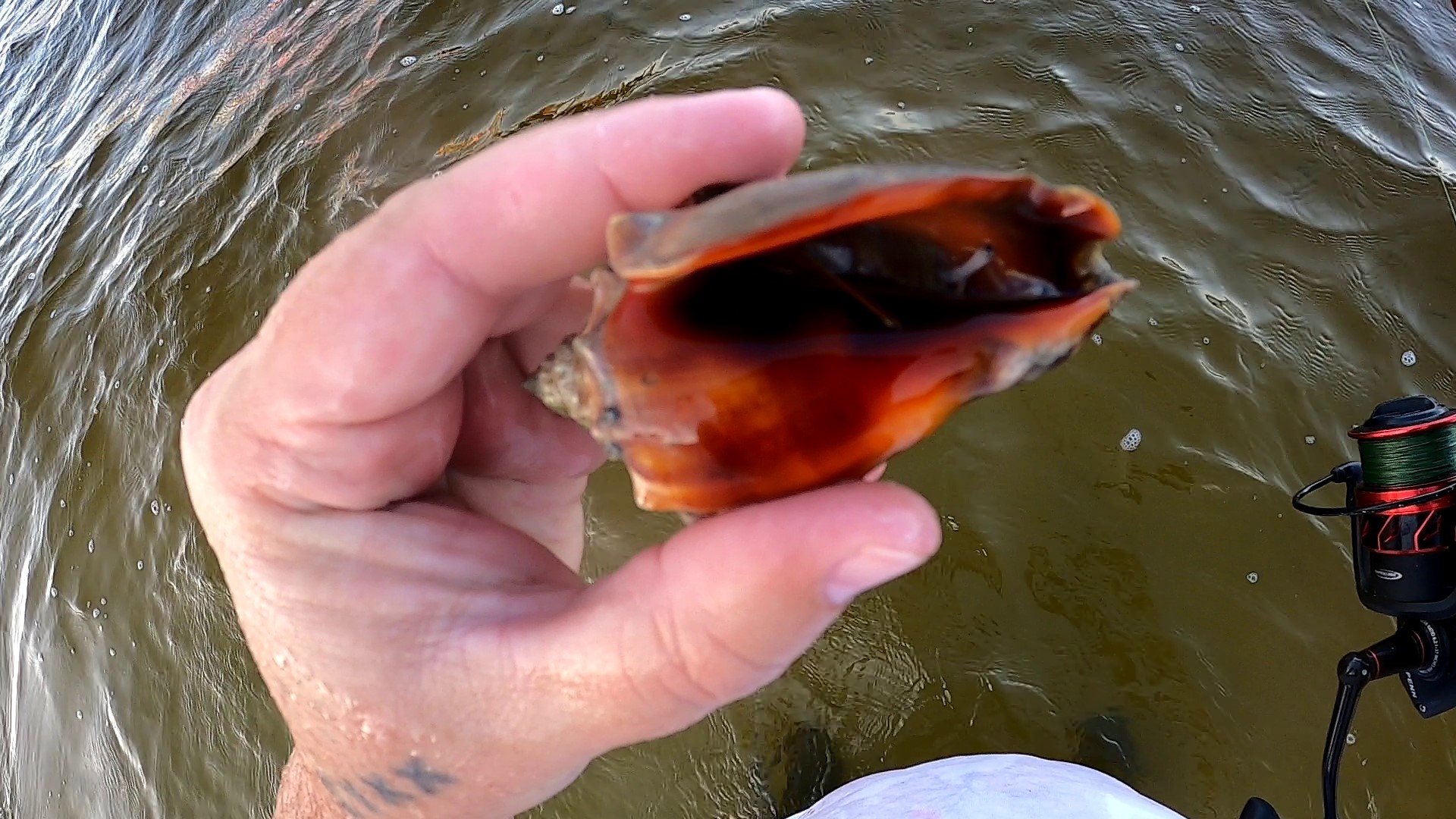
Post Comment
You must be logged in to post a comment.